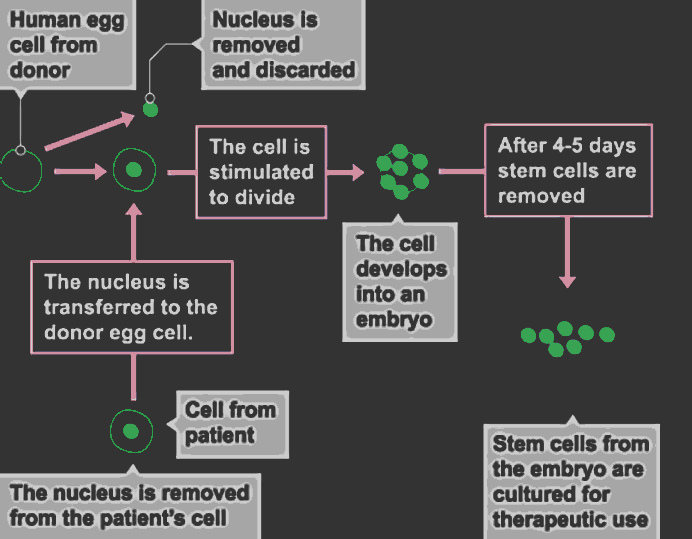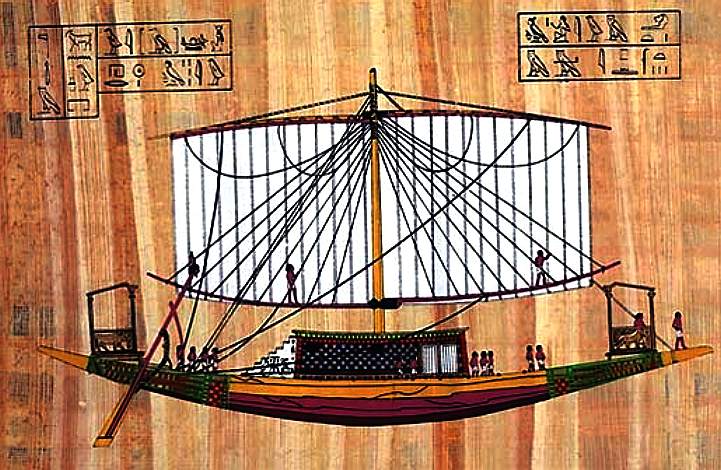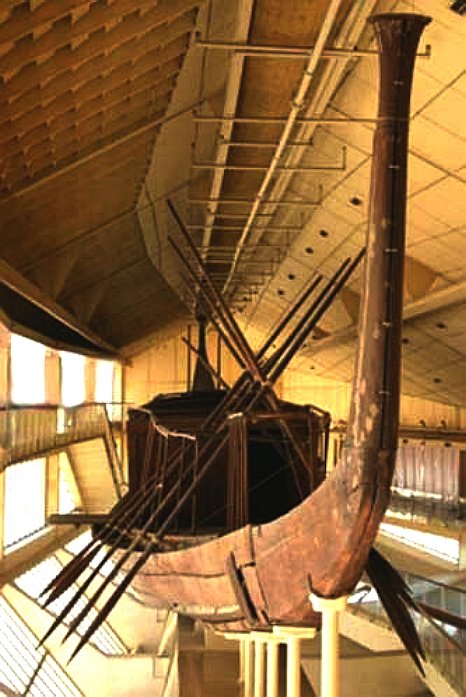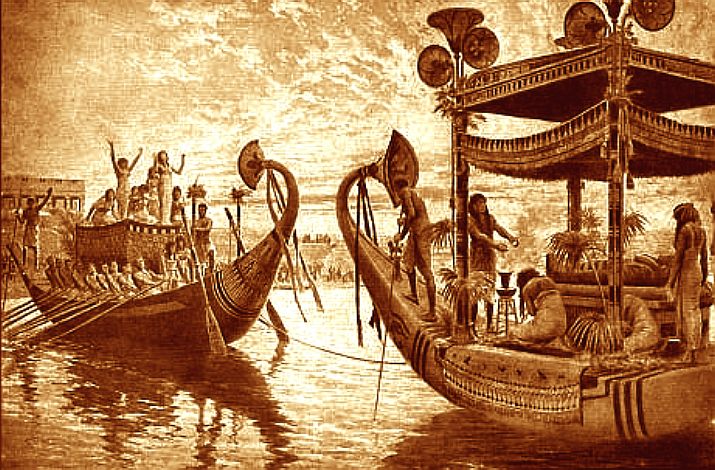|


Mechanobiology
allows rapid crafting of body parts from stem cells
Scientists have found that stem cells will organize
themselves to specialized functions to create complex body
parts using the genetic blueprint in all of us.
They
begin by using a 3D printed polymer framework (scaffold or
mould) of the body part, (for example using an Artec
Scanner) then implanting them with a patient's own stem
cells. The mould or framework is produced by scanning the
body part to be replicated. This framework is then implanted with stem cells drawn from fat. As these stem cells differentiate into cartilage, the polymer scaffold degrades, leaving a fully
formed human “ear” made of mature cartilage cells.
For the new technique,
scientists used an Artec 3D scanner to create a
'digital model' of the patient’s unaffected ear so that it can be printed.
The 'model' is made of compatible synthetic polymers that researchers
and tissue regeneration experts have found are attractive to stem
cells - that is, that stem cells tend to latch on to. Using
plastic surgery techniques the 3D-printed model is injected with the stem cells, which are purified from the patient’s tissue using a cell sorter.
Fat tissue contains mesenchymal stem cells: powerful stem cells that have the ability to grow into new bone, cartilage, muscles and fat.

Previously,
human stem cells were cloned from developing embryos,
creating more ethical issues. Even though an embryo is not a
thinking or formed human, it sticks in your craw, as commercializing
the sale of body parts, somewhat akin to the principles of
slavery - though far removed. Yet, most of us are made into
financial slaves by the system; banks and the state. Hence,
it is a moot point, or gray area.
If
we put aside the ethics for now, to concentrate on the
science, now that we have three dimensional printing, to
make complex shapes - and this is routinely used to produce
prototype production parts, it is not difficult to see that
we can scan an entire human body, breaking that down to key
structures such as skeleton and skin, and with the right
conditions, fertilize an assembly of scaffold parts - that
if supplied with the necessary nutrients and factors, and a
copious supply of stem cells, should organize itself into a
fully functional human body. Provided the assembly has a genome
(DNA sequence) as the blueprint, for what the cells are
building. Thus, given the impetus, it would be technically
possible to replicate Cleopatra's
body, by using a combination of associated technologies.
Provided the scientists undertaking such a project had the
genetic code to work from. Mary Shelley's Frankenstein,
comes of age.
It
would be expensive, compared to simple cloning, but could
provide a rapid
means of regenerating a whole body into which a healthy
brain might be implanted. The ultimate cure for cancer
patients, for example. Though there are other potential
cures in the pipeline, such as CRISPR technology, that can be used to edit genes and, as such, will likely change the
world, using Genetic Modification. A technology that we are
all familiar with, when doing our weekly shopping for GM
vegetables.
The
next step is GM children, as per the 1997 scifi film:
Gattaca.
MECHANOBIOLOGY
- ALTERNATIVE METHOD
To fabricate a replacement ear, for example, scientists normally carve or 3D print hollow support structures out of expensive bio-compatible materials. They then seed human stem cells into the structure, and painstaking supply a cocktail of growth factors and nutrients to urge the cells to grow. Eventually, after weeks and months of incubation, the cells spread and differentiate into skin-like cells on the scaffold. The result is a bio-engineered replacement ear.
The extremely high bar to entry: stem cells, growth factors, and materials for the scaffold are all difficult and expensive to procure.
But
it is possible to use a live subject to produce much of this
biological grunt.
Every stage of the growth of embryos - a “fundamental process in
biology” - can be regulated and controlled by mechanical information. In other words, physical forces can drive cells to divide and migrate through tissues as our genetic code guides the formation of an entire body.
It is like a miracle. But can be likened to a team of
builders reading the architect's blueprint and putting the
bricks, frames, and roofing tiles, etc., in the right place
to build a house.
If you put two cell types into a physical structure with grooves, the cells self-segregated within hours, with one type growing in the troughs and the other on the higher ledges. By simply sensing the shape of that grooved surface
the cells “learned” to separate and spatially pattern over long ranges.
Incredible though that may seem, it is a factor to take
understand and utilize appropriately.
It is thus possible to stimulate cells to form complex three-dimensional
patterns.
Stem
cells can form into soft tissue cartilage, bone, and
be used for spinal cord, or nerve repair.
One team of scientists implanted an apple-based scaffold directly under the skin of a mouse. In just eight weeks, not only had the mouse’s healthy cells invaded the matrix, the rodent’s body also produced new collagen and blood vessels that helped keep the scaffold living and healthy. The key is to match the specific microstructure of a plant to that of
the body part required.
INDUCED PLURIPOTENT STEM CELLS
Pluripotent stem cells are cells that have the capacity to self-renew by dividing and to develop into the three primary germ cell layers of the early embryo and therefore into all cells of the adult body, but not extra-embryonic tissues such as the placenta. Embryonic stem cells and induced pluripotent stem cells are pluripotent stem cells.
Since iPSCs can be derived directly from adult tissues, they not only bypass the need for embryos, but can be made in a patient-matched manner, which means that each individual could have their own pluripotent stem cell line.
The iPSC technology was pioneered by Shinya Yamanaka’s lab in Kyoto, Japan, who showed in 2006 that the introduction of four specific genes (named Myc, Oct3/4, Sox2 and Klf4), collectively known as Yamanaka factors, encoding transcription factors could convert somatic cells into pluripotent stem cells. He was awarded the 2012 Nobel Prize along with Sir John Gurdon "for the discovery that mature cells can be reprogrammed to become pluripotent."
Induced pluripotent stem cells are similar to natural pluripotent stem cells, such as embryonic stem (ES) cells, in many aspects, such as the expression of certain stem cell genes and proteins, chromatin methylation patterns, doubling time, embryoid body formation, teratoma formation, viable chimera formation, and potency and differentiability.
Stem cells have great potential, in treating patients with currently untreatable conditions, growing organs for transplants, and research. But there are clinical, ethical and social issues with their use. These issues will be different for growth and transplant of adult, embryonic and therapeutically-cloned stem cells. They will also depend on whether the stem cells are to be used for therapy or research.
NEW YORK TIMES - MAY 15, 2013
Scientists have finally succeeded in using cloning to create human embryonic stem cells, a step toward developing replacement tissue to treat diseases but one that might also hasten the day when it will be possible to create cloned babies.
The researchers, at Oregon Health and Science University, took skin cells from a baby with a genetic disease and fused them with donated human eggs to create human embryos that were genetically identical to the 8-month-old. They then extracted stem cells from those embryos.
The embryo-creation technique is essentially the same as that used to create
Dolly the
Sheep and the many cloned animals that have followed. In those cases, the embryos were implanted in the wombs of surrogate mothers.
The Oregon researchers, led by Prof. Shoukhrat Mitalipov, did not implant their human embryos and said they had no intention of doing so. They say their technique, in any case, would not lead to the birth of a viable baby. The same technique, tried in monkeys for years, never resulted in the birth of a cloned monkey, they said.
Nonetheless, the fact that the scientists were able to get cloned human embryos to survive long enough for stem cell extraction is likely to be seen as a step on the way to human reproductive cloning.
Scientists have been trying for more than 10 years to create human embryonic stem cells using the cloning method.
Korean researchers made international headlines in 2005 when they claimed to have done this, but the claim turned out to be fraudulent.
Still, the demand for therapeutic cloning may be less now than it was a decade ago because scientists can now use adult skin cells to create a stem cell very similar to embryonic cells, but without the need for embryos. These are called induced pluripotent stem cells. The induced cells also sidestep the ethical issues of embryonic stem cells, which are often created by destroying embryos.
Attempts to use either type of cell for therapy remain at the early stages of research, so it is not clear which will turn out to be better. So-called adult stem cells, taken from blood, fat or other parts of the body, are another possible option.
Dr. Mitalipov and his colleagues created monkey stem cells through
cloning in 2007 and since then have been trying to tweak the technique to work with human cells.
A drawback of therapeutic cloning is that there might never be enough human eggs available to treat all patients, should the therapy ever work. Egg donors can suffer serious side effects from the powerful hormones needed to generate multiple eggs.
Dr. Mitalipov said the technique was efficient enough that one donation — which can include multiple eggs — would probably be enough to generate a stem cell line, even accounting for failures.
REFERENCE
https://www.nytimes.com/2013/05/16/science/scientists-use-cloning-to-create-embryonic-stem-cells.html

CLEOPATRA
THE MUMMY - UNDER DEVELOPMENT
'Cleopatra
- The Mummy' is the proposed sequel to 'Kulo-Luna.'
Kulo-Luna, the first script of the John Storm franchise (for which a draft
is available to studios and actor's agents). The John Storm
franchise is a series of
ocean awareness adventures, featuring the incredible solar
powered trimaran: Elizabeth
Swann. 'Cleopatra The Mummy,' could be the pilot, with
Kulo-Luna, or Treasure Island the prequel or sequel. The
order of production could be to suit identified gaps in
entertainment, in any particular year. Equally, the trilogy,
could be adapted for network television, as with Blood
and Treasure from CBS.
|






